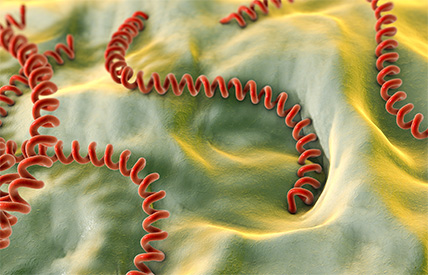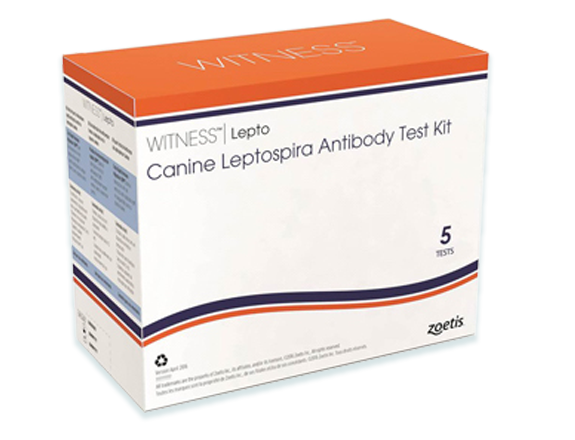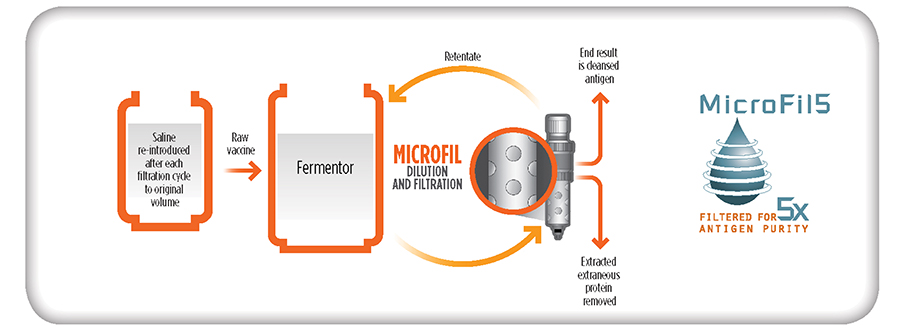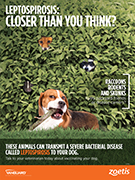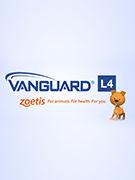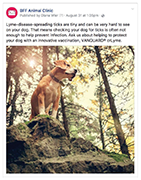Detection & Witness® Lepto
Diagnosis of Leptospirosis
Early diagnosis and treatment of leptospirosis is important for patient outcomes and to decrease the zoonotic potential. Testing for the disease can be challenging as clinical signs are non-specific. Leptospirosis should be considered in any dog with a fever of unknown origin, acute renal failure, or acute/chronic liver failure.
The Witness® Lepto test is an in-clinic test that detects IgM antibodies to Leptospira spp. in canine whole blood, serum, or plasma. IgM antibodies predominate early in infections with leptospirosis.
Clinically ill dogs with signs compatible with acute leptospirosis* can be diagnosed quickly and treatment initiated sooner. There is minimal interference with vaccine-induced antibodies 2 to 3 months after vaccination.
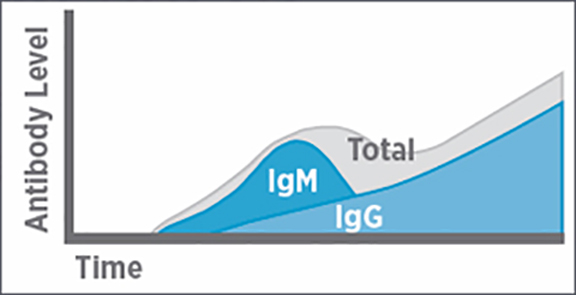
Adapted from: Tizard IR. Veterinary Immunology—An Introduction. 5th ed. Philadelphia: W B Saunders Co; 1996: fig 135, and Greene C.
*fever of unknown origin, signs of renal/liver failure, lethargy, anorexia, vomiting, pulmonary hemorrhage, anaemia, uveitis, abortion



